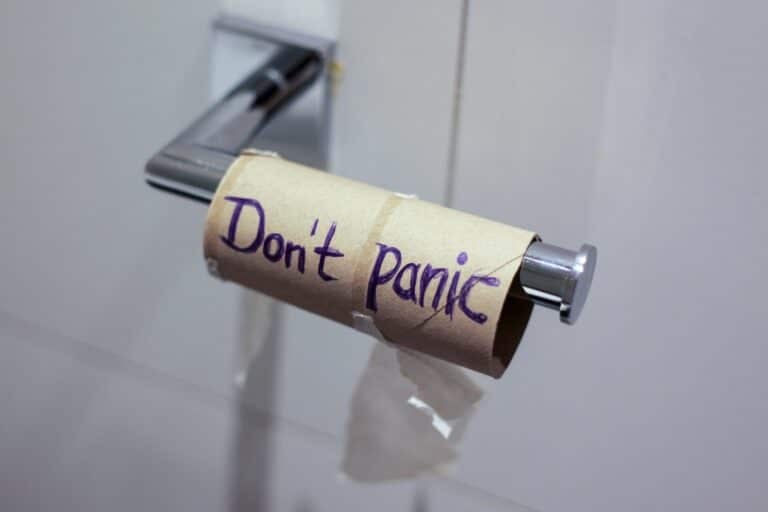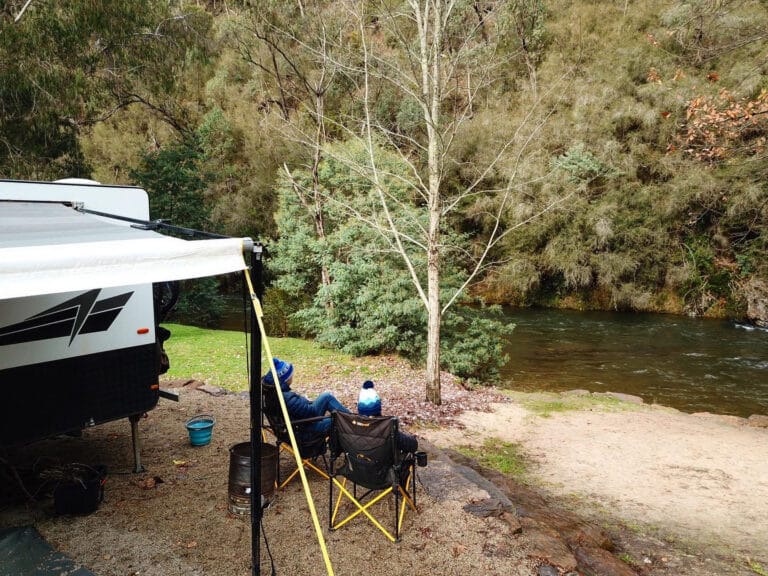Don’t ignore the tiny messages on your rubber’s sidewall – your tyre will love you for it!
By Colin Young, Caravan Council of Australia
All tyre and rim combinations – for both motor vehicles and towables – must be as per the Tyre & Rim Association Manual. There are strict copyright conditions regarding the use of the Manual.
Tyres have a critical influence on stability, handling and safety. It is most important that any vehicle has the correct tyre/rim selection. It is reasonable to believe the vehicle manufacturer has professionally engineered their unit, and determined the optimum type and sizes of the rims and tyres fitted as standard. This would especially include determining the tyre loadings
– at both the empty and fully-laden conditions
– and determining the correct inflation pressures.
Discuss the tyres and rims with the manufacturer, and if you still have any questions regarding tyres and rims, especially when purchasing replacement units, always ask an experienced reputable tyre supplier for their advice.
Speed Rating
VSB-1 specifies a minimum Speed Rating of at least “L”, which relates to a speed of 120 km/h. The speed rating symbol is shown on the tyre sidewall, and may also be stated in words. In the example, the Speed Rating is “W”, which shows an extremely safe 270 km/h.
Load Rating
The Load Rating is probably the most important consideration when selecting a suitable tyre for any vehicle. The tyre must be able to safely withstand the maximum load that it may reasonably be expected to be subjected to.
In the photo, the Load Rating is “99”, which relates to 775 kg. The load rating symbol is shown on the tyre sidewall, and may also be stated in words.
Manufacturing Date
The 4-number code on the side-wall. e.g. 2710 means the tyre was made in the 27th week of 2010. Other symbols may show the mould number, in case a re-call of faulty tyres is needed.
Markings
P = Passenger Car
C = Commercial
LT = Light Truck
TWI = Tread Wear Indicator
LT 235/85 R 16
235 = Width mm
85 = Aspect Ratio
R = Radial
16 = Rim Diameter (“)
Q = Speed Rating
120/115 = Load Rating
120 is for single wheels (on each end of an axle)
115 is for dual wheels
Tyre Structure
What is the best structure for your caravan or camper-trailer tyres? Radial? Bias-belted? P? C? LT?
Answer: Leave it to the tyre experts…
T – T – T Ratings
Treadwear: Indication of the wear-resistance of the tyre; 100 – 500 is typical.
Traction: Indication of the “stick to the road” ability of the tyre; A is a typical code.
Temperature: Indication of the ability of the tyre to withstand heat; B & A are typical.
Tread-Wear Indicators
Tyres are required to be embossed with a number TWI or Δ marks around the edge of the tread. These show where there is a moulded strip across the bottom of the tread grooves. Tyres are not to be used if the tread is worn down to the level of the strips.
Uni-directional Tyres
Some tyres are designed to be used in one direction only, and are marked accordingly on the side-walls.
Treads
What is the best tread pattern for your caravan or camper-trailer tyres?
They don’t have to provide traction for accelerating and steering.
Do you really need knobby tyres for asphalt roads?
Could they possibly cause problems?
Answer: Leave it to the tyre experts…
A lot of development and test work went into producing each tyre design. There are very strict Standards for tyres to comply with, before being sold.
The most important information on tyres…
Tyre Pressures
The T&RA Manual states the permissible sizes for rim and tyre combinations. It also provides the vital information – for each tyre size – for the recommended inflation pressure for various tyre loadings.
Maintaining the correct inflation pressure is most important for obtaining the optimum stability and handling of the vehicle, the best possible traction, and the maximum tyre reliability and durability.
The same inflation pressure should not be used for both the empty and fully-laden conditions. Rather than just guess, or use a trial-and-error method (such as the so-called 4-psi change), recommendations should be obtained from the tyre supplier, for temporarily altering the pressure when travelling on extreme off-road conditions… such as tracks with deep mud or sand, or with sharp rocks. A good reliable gauge is a great investment!
Tyre Temperatures
The best way to obtain the maximum tyre life is to ensure that there is even wear right across the tread. The best way to obtain this is to use a pyrometer, or thermometer, to check that the temperature – after a lengthy drive – is consistent across the tread. Perhaps, not surprisingly, correct tyre pressures, for the particular tyre loading, will result in obtaining even temperatures.
These units are now quite affordable. A good reliable pyrometer is also a great investment!












